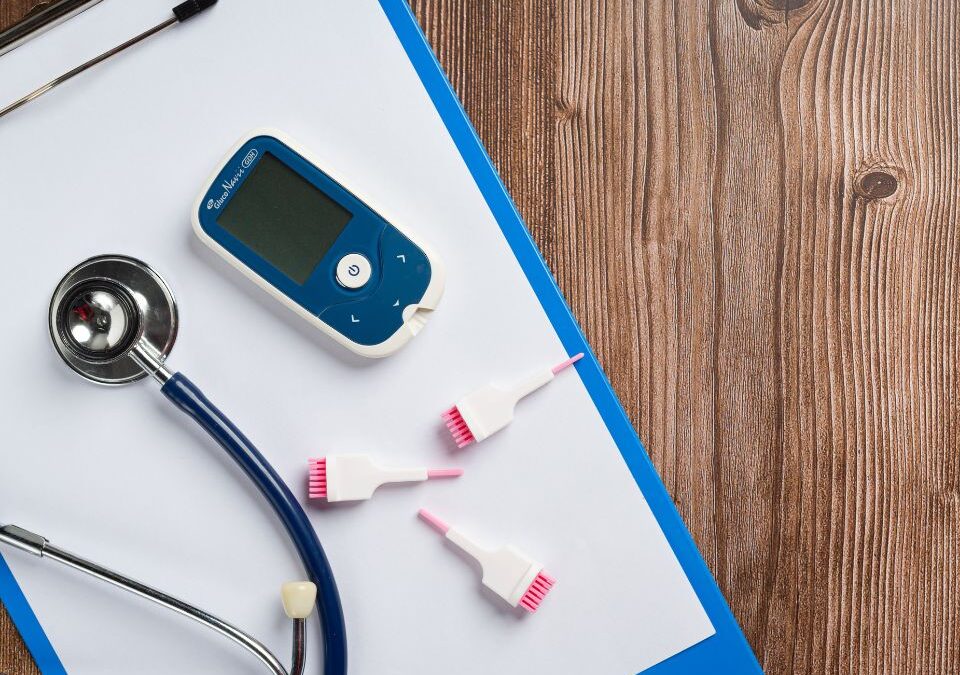
The Link Between PPS and Heart Complications
October 15, 2022
Factors That Can Affect the Accuracy of PPS Test Results and How to Avoid Them
October 15, 2022The word ‘postprandial’ means after a meal; hence, PPG (postprandial glucose) concentrations are in reference to plasma glucose concentrations after eating a meal. Several factors determine one’s PPG profile. Glucose concentrations commence to rise approximately 10 minutes after the start of a specific meal as a direct fallout of the absorption of dietary carbohydrates. The overall postprandial blood glucose profile is eventually determined by absorption of carbs and secretion of insulin and glucagon as well as their coordinated effects on metabolism of glucose in the liver as well as peripheral tissues.
Elevation of Postprandial Blood Sugar
The magnitude as well as the peak time of plasma glucose concentration depend on diverse factors such as meal timing, composition, and quantity. In non-diabetic individuals, plasma glucose concentrations generally peak approximately 60 minutes after the start of the meal, rarely exceeding 140 mg/dL (milligrams per decilitre), and then returning to pre-prandial levels with 2-3 hours. Although glucose concentrations return to pre-prandial levels by 3 hours, total absorption of the ingested carbohydrates continues for nearly 5-6 hours post meals.
When it comes to those with type 2 diabetes, peak insulin levels are delayed and are not sufficient to control PPG excursion in the right manner. In both type 1 and type 2 diabetic individuals, abnormalities in the secretion of glucagon and insulin, uptake of hepatic glucose, suppression of hepatic glucose production, and uptake of peripheral glucose led to higher as well as more prolonged PPG excursions in comparison with those without diabetes.
Because food absorption persists for around 5-6 hours after meals in both diabetic as well as non-diabetic individuals, the optimal time must be determined when it comes to measuring postprandial blood sugar levels or PPS levels. Practical considerations often limit the total number of samples of blood that can be obtained. Typically, a measurement of plasma glucose around 2 hours after the commencement of the meal is practical, generally approximates the peak value in those with diabetes, and offers a reasonable assessment when it comes to postprandial hyperglycaemia. Certain clinical conditions such as gestational diabetes or a pregnancy that is complicated by diabetes may benefit by testing 1 hour after meals.
Visible Symptoms of Abnormal PPS Levels

Frequent or persistent high blood glucose levels can lead to damage to the blood vessels, nerves, and organs. It can also lead to several other complications. Those with type 1 diabetes are more prone to the build-up of acids in the bloodstream, which is a condition known as ketoacidosis.
If you develop type 2 diabetes or if you are risk of developing this condition, readings outside the postprandial blood sugar normal range can lead to a serious and deadly condition, wherein your body cannot process sugar: hyperglycaemic hyperosmolar nonketotic syndrome (HHNS). Initially, you may urinate frequently, and then much less often, but the colour of your urine may become dark with severe dehydration in the body.
Early Symptoms
- Increased hunger and/or thirst
- Blurry vision
- Frequent urination
- Headaches
Additional Symptoms
- Tiredness and fatigue
- Loss of weight
- Slow healing of cuts and sores
What Can You Do to Maintain PPS Levels?

- Intake medication that works for you. The right insulin and medication program can eventually make a significant difference. To cover post-meal blood sugar spikes, those drugs that kick in quickly and for a brief time are better in comparison with drugs that work slowly over a longer duration. Your doctor will surely explore all options.
- Keep fasting blood sugar levels in check. In this way, even if your blood sugar levels tend to spike post meal consumption, it will not be so severe.
- Keep a close check on what you consume. Limit the intake of pasta, rice, potatoes, white bread, and sweets. These foods trigger spikes in postprandial blood sugar levels.
- The type of fat you consume may also play a crucial role. One study has shown that you may be able to better control blood sugar spikes after you eat if you give butter a miss and instead consume a meal prepared with a dash of olive oil instead.
- Eat a healthy breakfast every morning. Even when you are in a rush to get out the door, do not skip breakfast. Studies indicate that those with diabetes who skip breakfast will experience higher blood sugar spikes post lunch and dinner.
- Your ideal morning meal must be packed with protein. A smaller study indicates that when individuals consume a 500-calorie breakfast comprising 35% of protein, their postprandial blood sugar levels were lower in comparison with those who began their day with a high-carb diet. Crosscheck with your doctor what works for you.
- It is ideal to take a walk post dinner. Walking is an extremely healthy habit for all; however, if you have diabetes, it is an optimum way to burn surplus glucose obtained from meals.
To Sum It Up:
Those with diabetes frequently experience postprandial blood sugar spikes, which is also known as postprandial hyperglycaemia. The most common symptoms include increase in thirst and hunger, frequent urge to urinate, headaches, blurry vision, and fatigue. On the brighter side, there are several ways by which you can keep these PPS levels within the target range by taking your prescribed medication on time, skipping unhealthy foods, and devoting time for exercise, to name a few.
References:




